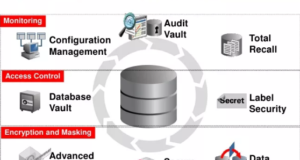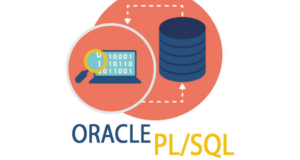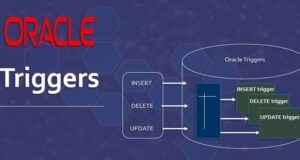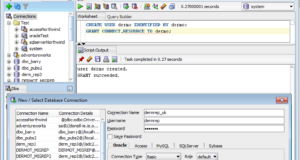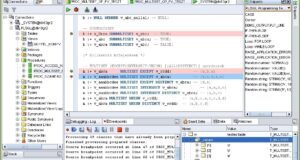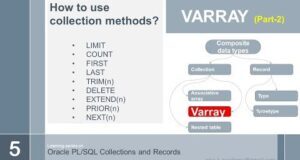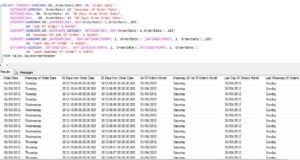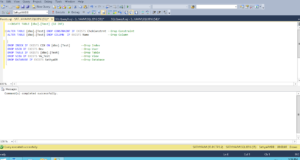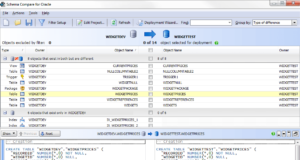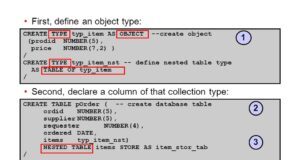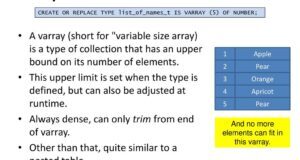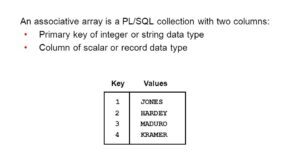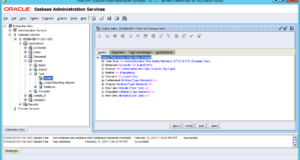Tag: PL/SQL
Many PL/SQL developers believe that only database administrators and security specialists should take care of security. Indeed, some security aspects (e.g. user and privilege management) should...
Using machine resources (including memory and processor), Oracle can support tens of thousands of concurrent database users. The memory management technologies of Oracle in recent years have...
Oracle PL/SQL is a combination of SQL, along with the procedural features of programming languages. It was developed by Oracle Corporation in the early 90's to extend the capabilities of...
A trigger is a named PL/SQL module that is stored in a database and can be invoked again. You can enable and disable a trigger, but you cannot explicitly call it.When the Trigger is enabled,...
In Oracle PL/SQL, an operation on SET collections returns a collection with distinct (i.e. a collection without takes). SET syntax in Oracle PL/SQL SET (nt) Parameters and arguments of the...
In Oracle PL/SQL, the MULTISET UNION collection operation returns the merging of two collections MULTISET UNION syntax in Oracle PL/SQL nt1 MULTISET UNION nt2 Collection parameters and...
In Oracle PL/SQL, the PRIOR and NEXT methods are functions that allow you to move back and forth in the collection (ignoring the deleted items even if DELETE stores fillers for them). These...
In Oracle PL/SQL, the LIMIT method is a function that returns the maximum number of elements that a collection can have. If the collection does not have the maximum number of elements, LIMIT...
In Oracle PL/SQL, the COUNT method is a function that returns the number of items in a collection (ignoring the deleted items even if DELETE stores fillers for them). Syntax of COUNT collection...
In Oracle PL/SQL the FIRST and LAST methods are functions. If there is at least one element in the collection, FIRST and LAST return the indexes of the first and last element respectively...
In Oracle PL/SQL, the EXISTS method is a function that tells you if a specified Varray or Nested Tables element exists. Syntax of the EXISTS method in Oracle PL/SQL collection_name.EXISTS...
In Oracle PL/SQL, the EXTEND method is a procedure that adds elements to the end of Varray or Nested Tables. The collection can be empty, but not NULL. Syntax of EXTEND method in Oracle...
In Oracle PL/SQL Nested Tables is a column type that stores an unlimited row set in a certain order.When you extract a nested table value from a database into a Nested Tables...
In Oracle PL/SQL Varray (an array with variable size) is an array whose number of elements can vary from zero (empty) to the declared maximum size.To access a Varray element, use the...
In Oracle PL/SQL Associative Arrays, also known as index tables, which use arbitrary numbers and rows for index values.Associative Arrays is a set of key-value pairs where each key is unique...
In Oracle PL/SQL, the %TYPE attribute for a variable provides the database column data type. This is especially useful when declaring variables that will contain the values of the database table...

